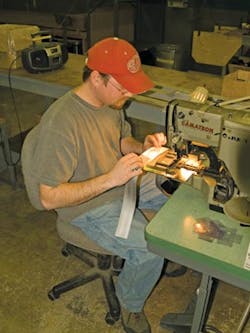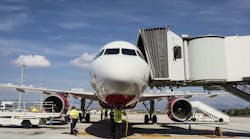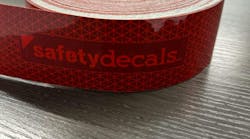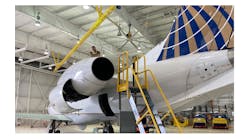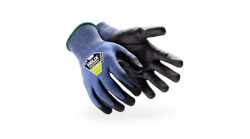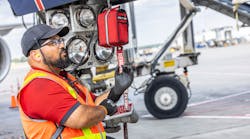In day-to-day aircraft maintenance activities, it can be easy for us to overlook seat belts. We may think that they don’t have much to do with airworthiness of the aircraft. However, if an aircraft is involved in an accident, the seat belt could be the difference between life and death. In order to ensure safety, we must not only scrutinize seat belts at each inspection, we must make sure we do not cause damage to them during our maintenance activities.
Seat belts provide personal protection. In accidents, seat belts restrain pilots and passengers to help reduce injuries. But even in ordinary operation, proper seat belt operation is important. Seat belts can prevent injury or loss of control in the event of unexpected turbulence and can help the pilot maintain control. Let’s take a look at some of the things we should look for when inspecting seat belts.
Defects
Seat belts are designed to withstand tremendous loads, but if there is any damage to a seat belt its load-bearing ability is significantly reduced.
Fraying is one of the most noticeable defects in seat belts. Fraying is where fibers break in the weaving. Needless to say, this results in reduced strength. Seat belts should be repaired or replaced at any sign of fraying.
Another form of fraying that is encountered appears as a fuzzy layer on the seatbelt surface. This fuzziness may appear harmless, but it is indicative that fibers are breaking in the weave. The seat belt should be replaced or repaired.
UV Damage
UV rays can also play havoc with seat belts. Over time, UV rays will damage seat belts. “Seat belt technology has improved over the years,” says Roger Basterash, general manager for Lyons, WI-based Wag Aero. “Even though the nylon technology and UV treatments in seat belts today are far better than they were years ago, UV damage can still occur. It is a matter of time.” UV damage is more frequent in helicopters and aircraft with clear canopies. Damage appears as a warp in the fabric.
Inspect Labels
One issue not all mechanics are aware of is that of unreadable or missing seat belt labels. Basically, the regulations say that if a seat belt label is unreadable, the belt is not airworthy. The seat belt needs to be repaired or replaced.
Maintenance Damage
Maintenance personnel can damage seat belts if not careful. Basterash explains, “Petroleum contaminants like oil and grease can damage the seat belts. In addition, harsh cleaning solvents like MEK and acetone can cause damage.” Use care whenever handling seat belts. If cleaning is required, use a mild detergent. Basterash adds, “Cleanliness is very important when it comes to seat belts. Unfortunately, it is not often thought about.”
General Inspection
Whenever performing an inspection, you want to take a good look at the overall seat belt assembly. Ensure that all hardware is working correctly such as the springs and knurled grips. Beware of moisture. Moisture in seat belts can cause the hardware to corrode. This corrosion is not just an aesthetic issue. Corrosion by-products will damage the seat belt. Once again, seat belt cleanliness is important.
These have been a few tips on proper maintenance and inspection of seat belts. With proper attention, we can ensure these seemingly unimportant items will properly perform their job in an emergency.
